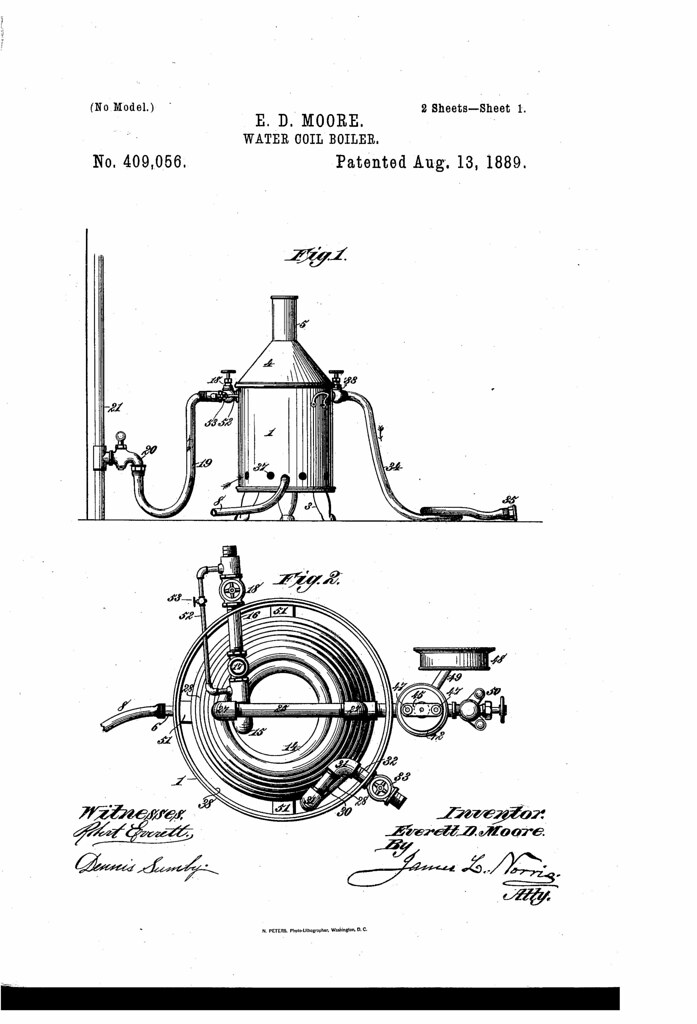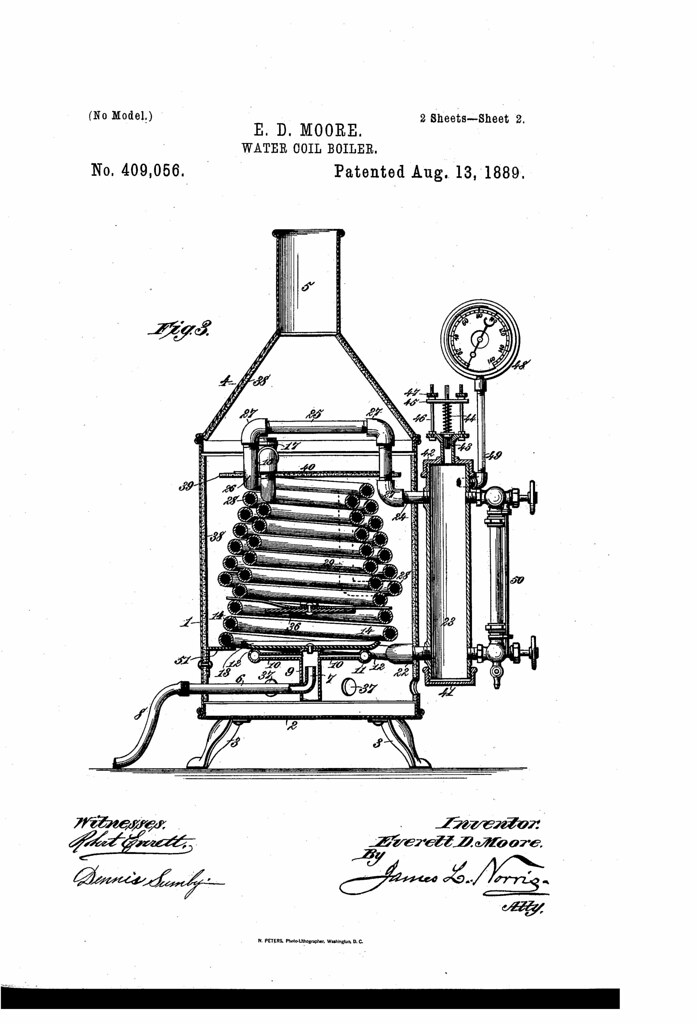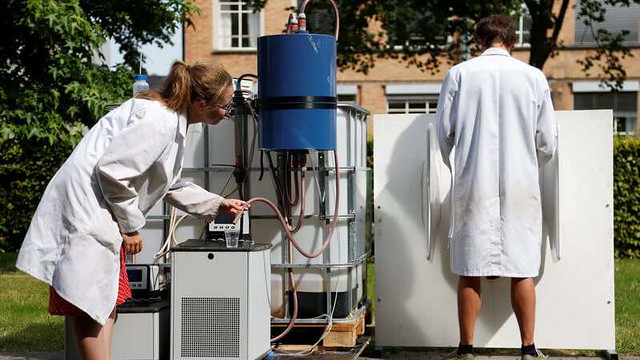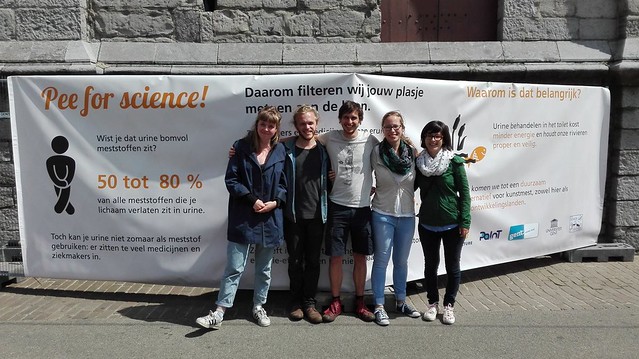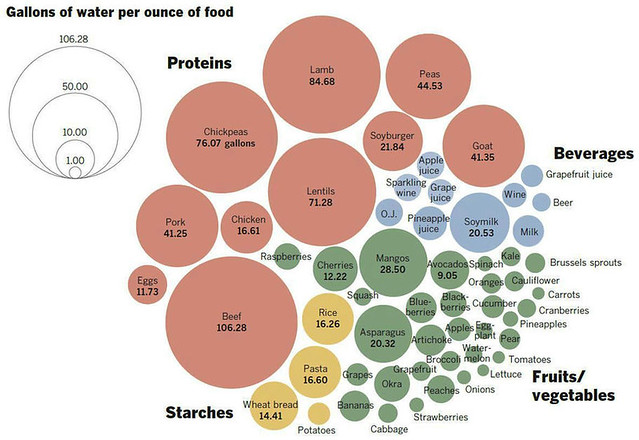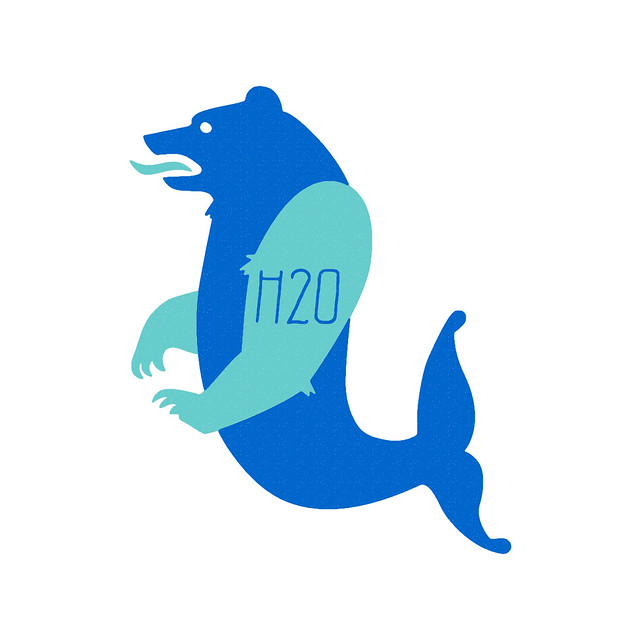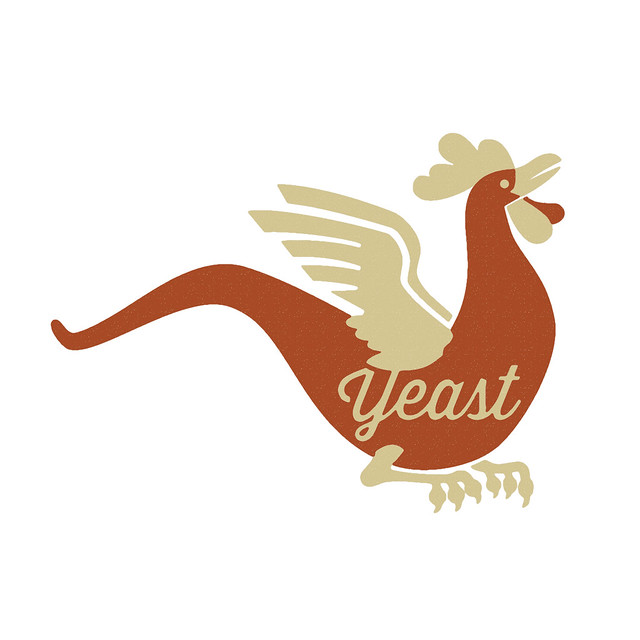
Saturday’s ad is for “Hamm’s,” from 1965. This ad was made for Hamm’s Brewing, which was founded in 1865 by Theodore Hamm in St. Paul, Minnesota. At its peak, it was the 5th largest brewery in America, and operated facilities in five cities, including San Francisco, L.A., Baltimore and Houston, in addition to the original brewery in Minnesota. This one shows a man surfing through an impressive wave, with the tagline “Taste This Freshness.”






